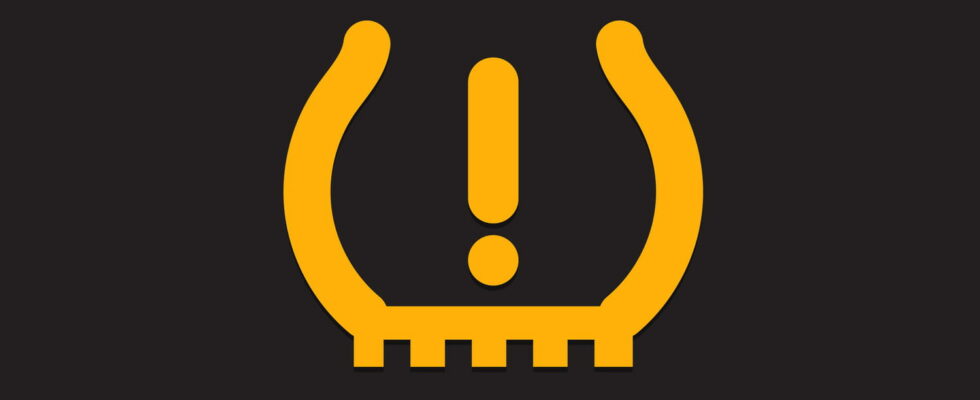The meaning of this warning light is not well known to motorists, but it is important to resolve the problem it indicates quickly.
A car’s dashboard is full of little lights. They are not there to look pretty but to warn the driver of potential problems with their vehicle. Some, when they light up red, require you to stop driving immediately or you risk making the situation worse and breaking down on the road a few kilometers further. Others, orange in color, give indications to the person driving, such as when the fuel gauge lights up to indicate that there is not much fuel left in the tank.
But some of these warning lights are not very well known to motorists. This is the case of the one that looks like a horseshoe (with a toothless part) that contains an exclamation mark. At first glance, it is difficult to make the connection with any part of the vehicle, which can lead to some confusion when you discover it for the first time. When a car’s warning light comes on, it is rarely a good sign. So if you don’t understand what the problem is, a little wave of panic can quickly run through you.
This somewhat strangely designed light is important because it signals a problem with your tires. When it comes on, it means that one or more of your tires have a pressure lower than the manufacturer’s recommended limit. And, more specifically, that your tires are underinflated by at least 25% compared to the recommended pressure. This tire monitoring system, called TPMS for Tire Pressure Monitoring System, is embedded in most recent cars. It is used to monitor tire pressure in real time and therefore to warn the driver if it is too low and requires re-inflating.
It is worth reminding all drivers that it is important to maintain the correct tyre pressure for greater safety. Driving with under-inflated tyres is dangerous because their contact surface with the road is more irregular, which reduces their grip. This can increase braking distances and reduce the stability of the vehicle, especially in difficult driving conditions such as when it is raining or snowing. Not to mention that under-inflated tyres wear out more quickly and increase fuel consumption. The correct tyre pressure for a car depends on its weight, but it is generally between 2 and 3 bars. If you are unsure, you will find all the information in your vehicle’s maintenance booklet.
